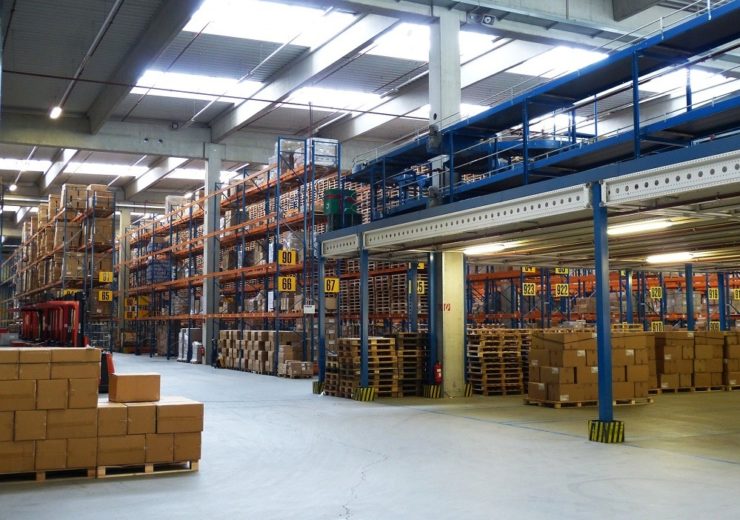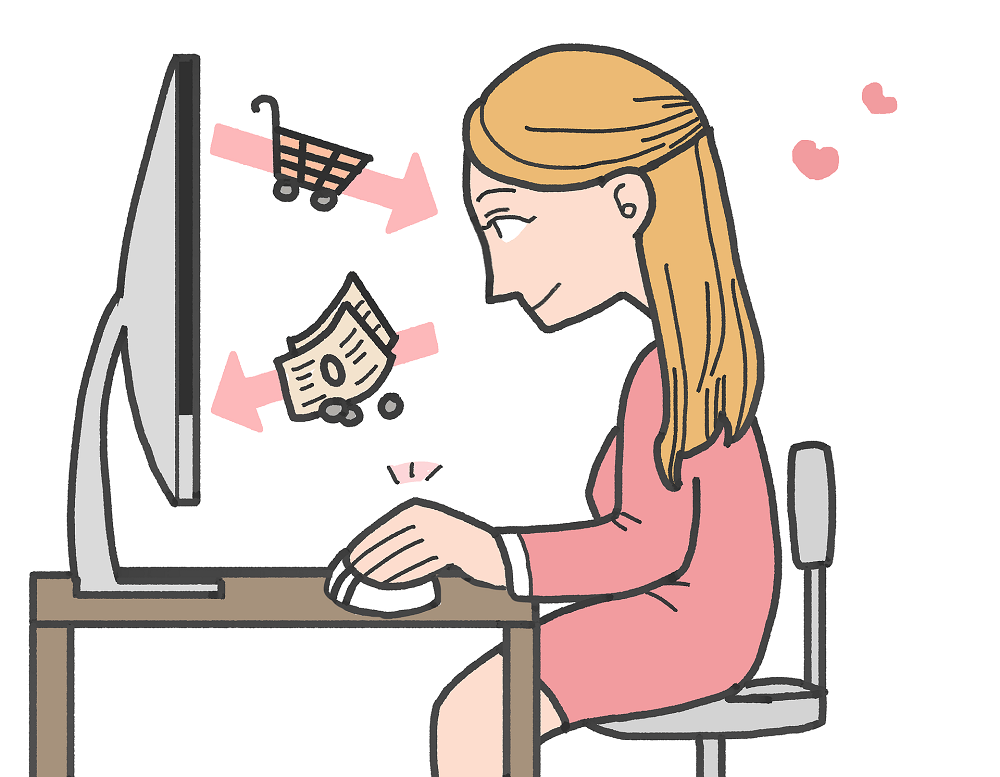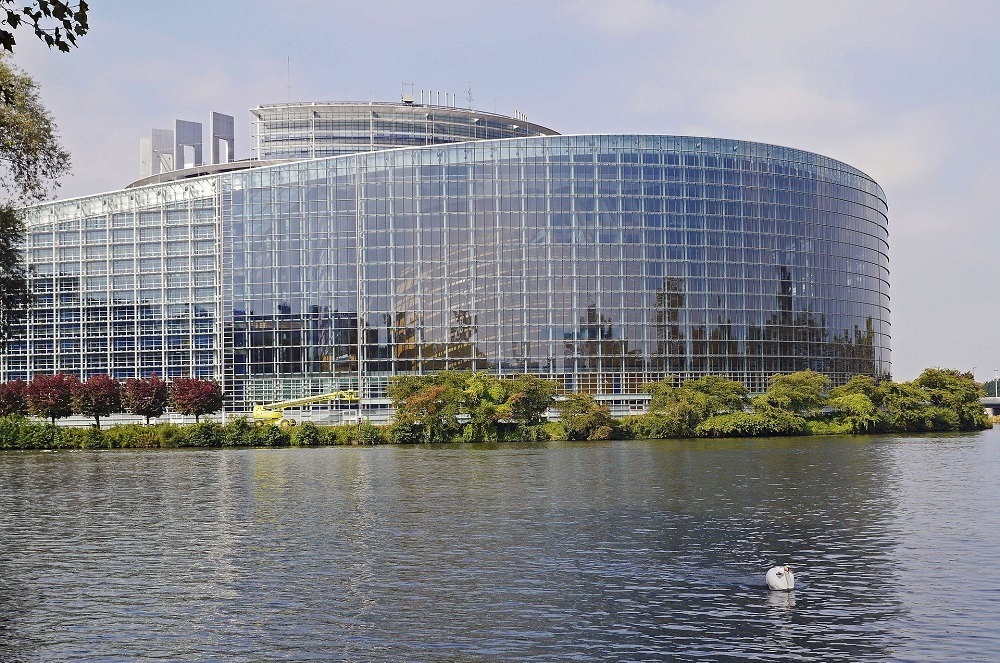Cardboard packaging giant DS Smith has explored some of the developing trends that could drive the packaging industry over the coming decade

Issues around sustainability and e-commerce could be high on the agenda for packaging firms over the coming decade (Credit: Pixabay)
Whether it’s the growth of sustainability-focused consumers or the rise of e-commerce, the global packaging industry is certain to change exponentially over the next 10 years.
Radical government legislation across a wide range of environmental issues including waste management and plastics will also shape the future marketplace.
Taking stock of how such factors could impact consumers and businesses, cardboard packaging giant DS Smith has explored some of the developing trends which could steer the industry throughout the 2020s.
We look at four areas the company believes could have the most impact.
The battle to stand out in the busy e-commerce marketplace
In the past few years, the e-commerce marketplace has rapidly established itself as one of the most dominant channels for consumers buying products.
According to market and consumer data provider Statisa, the industry was worth $3.535bn in 2019 — a 37.79% growth compared to 2014.
By 2023, it’s predicted the e-commerce industry will be worth more than $6.5bn.
A major reason behind this growth is the ability of consumers to gain instant access to virtually any product.

Due to the abundance of choice offered to consumers, it has become increasingly difficult for retailers to attract customers to their products.
According to DS Smith, brands will need to stand out to reach the new generation of consumers, with greater individuality and personalisation creating a good product pitch for younger shoppers.
Research conducted by the company found 85% of millennials are more likely to complete online purchases if they’re personalised — placing value on a proposition that’s authentic and unique.
The biggest challenge facing brands over the coming decade is to deliver a superior experience to consumers without increasing product costs.
Closer collaboration possible through technology-enabled data sharing
Whether it’s due to the increased prominence of the circular economy or the need to peg prices as low as possible, closer collaboration across the supply chain will be vital for the packing industry over the next 10 years.
The need for businesses to work ever more closely is, according to DS Smith, essential due to the increased dominance of big data owners such as Amazon and Google who are defining the competitive landscape.
Emerging technologies such as AI and blockchain are already fuelling a shift towards a mindset for collaboration.

Management consulting firm McKinsey & Company said in a 2019 report: “Margin
compression will require strong collaboration between converters and packaging customers to develop creative solutions to reduce costs without compromising
convenience features and, increasingly, sustainability.”
DS Smith believes that, while the technology is in its early stages, a greater spirit of openness is helping companies work together for a mutual benefit.
Companies must convey ethical credentials to environmentally-conscious consumers
As the environmental impact of mass consumption becomes increasingly apparent, consumers are demanding ever more environmentally conscious solutions for packaging.
Purchasing decisions for many are now not simply based on whether a product is good for them, but also whether or not it’s good for the planet.
One of the driving forces for this change is social media, with the harm that waste — predominantly plastic — is having on the planet being shared widely across multiple digital channels.
As consumers begin to adjust their behaviour, increasing emphasis on sustainability is being experienced across a range of industry sectors.

DS Smith says that a key part of a move towards sustainability is through the reduce, reuse and recycle mantra.
Alongside this, the company advises the careful selection of materials.
DS Smith design and innovations director Alan Potts believes technologies such as blockchain could allow businesses to develop more sustainable products.
He said: “It’s no longer enough to ensure the integrity of a product being purchased.
“Businesses will only succeed if they can deliver on customers’ expectations of the sustainability of the whole package — and that includes what’s on the outside.
“That’s why technologies like blockchain, which are capable of dealing with an incredibly complex supply chain, are so important for us to harness to achieve a true circular economy.”
Legislation will drive change and trigger shifts in materials and solutions
From the European Union’s (EU) single-use plastic ban to Australia’s National Waste Action Plan, the next few years will see the implementation of measures designed to reduce the impact of many damaging materials.

Alongside this, Asian countries are sending back plastic waste illegally imported into the region — with Malaysia returning 42 containers of plastic to the UK in November last year.
Governments are also legislating for a move towards a more circular economy, with the EU’s Circular Economy Action Plan being introduced across member states over the coming year.
DS Smith believes businesses that will perform best under the changing rules will be those which shift towards materials and packaging solutions that are fully recyclable.
The company recommends intelligent, lightweight packaging designs, as this would reduce the amount of material in e-commerce supply chains and take up less space.
It also recommends that businesses should anticipate the changes in the marketplace by looking at how their competitors are evolving.
